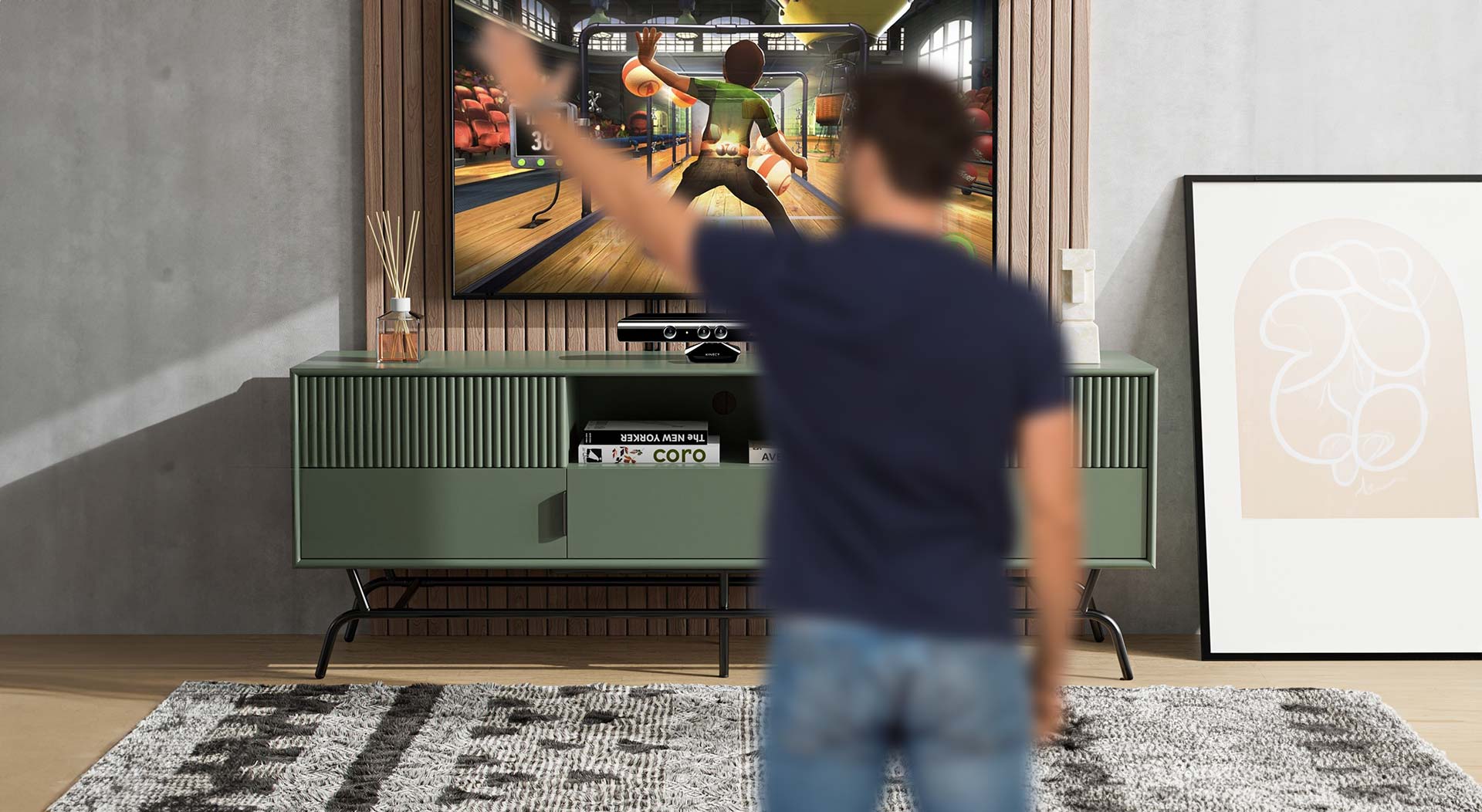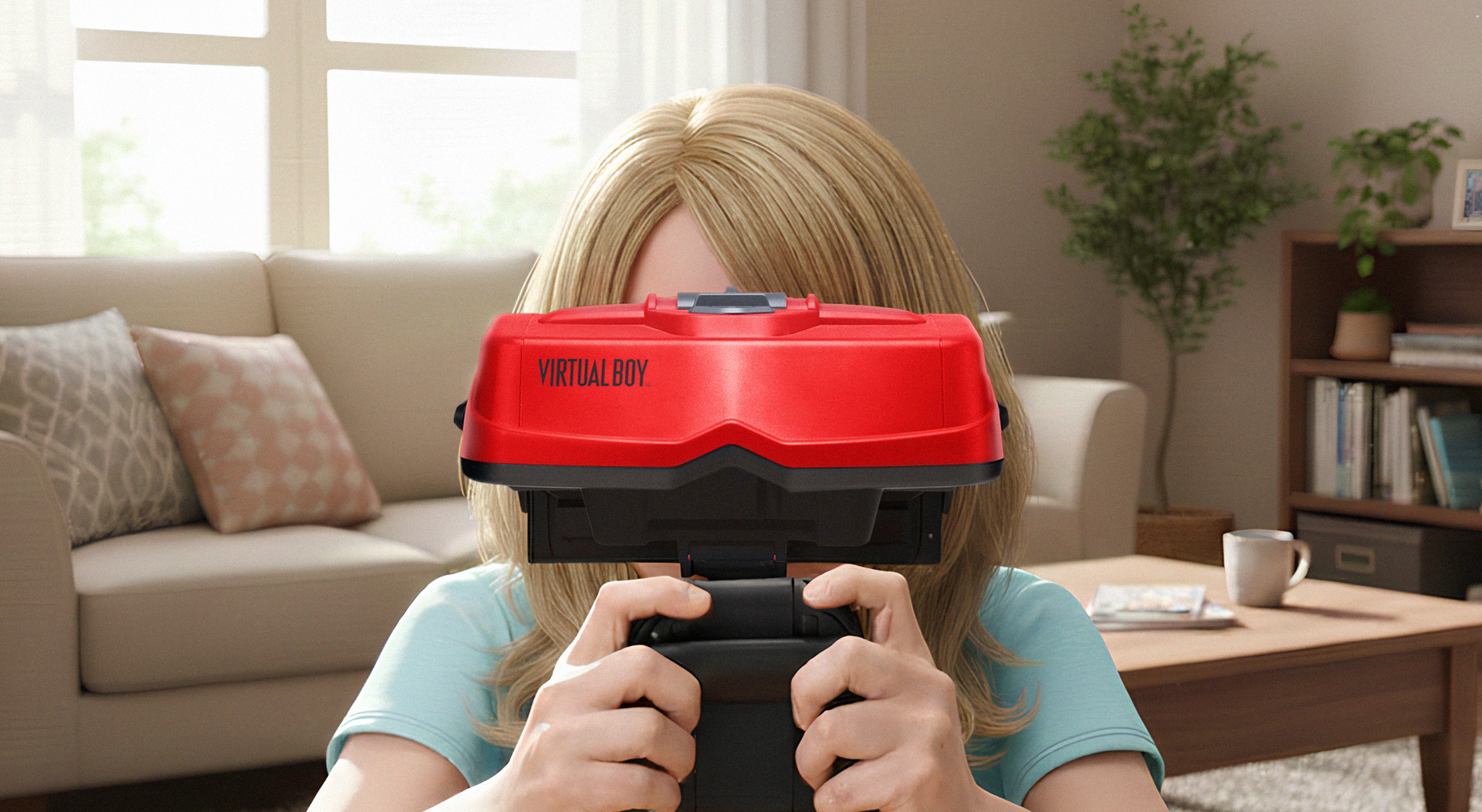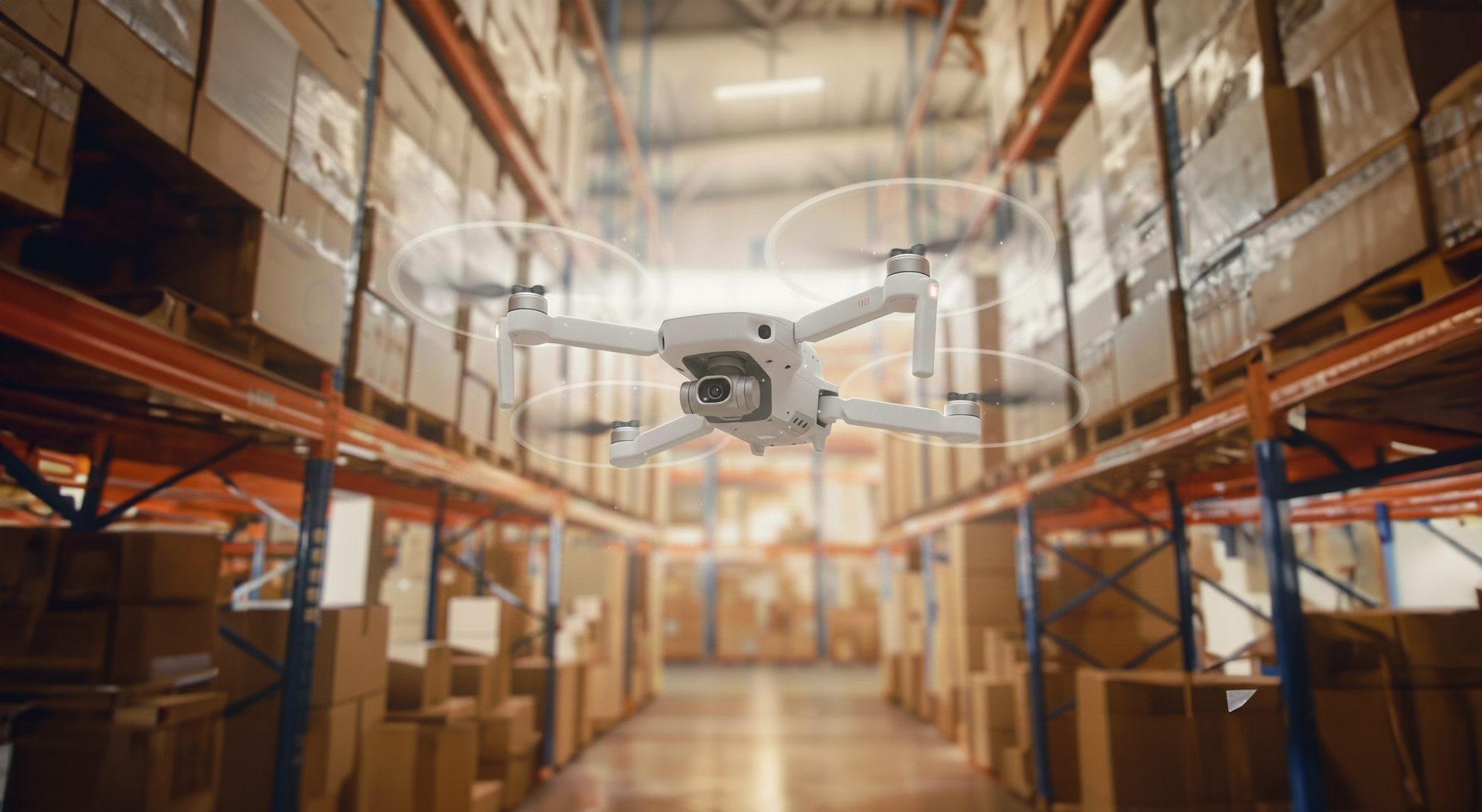“You are the controller.” With that bold slogan, Microsoft’s Kinect burst onto the gaming scene in November 2010, riding high on the motion control wave popularised by the Nintendo Wii. Launched for the Xbox 360, Kinect promised a controller-free gaming experience powered by body tracking, voice recognition, and gesture control. It was futuristic, flashy, and, for a time, unstoppable.
But like many bold innovations, the Kinect would flame out almost as fast as it ignited, ultimately relegated to a footnote in gaming history. Yet its legacy lives on in surprising ways, influencing not just gaming hardware but real-world tech fields from robotics to healthcare.
The Rise: A Revolutionary Start
At launch, Kinect was a smash hit. It set a Guinness World Record for the fastest-selling consumer electronics device, moving over 8 million units in its first 60 days. Unlike Sony’s PlayStation Move or the Wii’s waggle sticks, Kinect required no physical controller, just you, your living room, and a camera sensor with a depth-sensing infrared projector and RGB camera.
Games like Kinect Sports, Dance Central, and Kinect Adventures were crowd-pleasers, especially for families and party gamers. Voice commands and facial recognition added a layer of immersion previously unseen on consoles. For a while, it looked like Kinect might redefine how we play.
The Fall: From Pack-In to Packed Away
Then came the Xbox One in 2013, and Kinect’s biggest misstep. Bundled with every console, Kinect 2.0 was technologically superior, featuring a 1080p camera, wider field of view, and the ability to track subtle movements like heart rate or finger gestures. But this mandatory inclusion bloated the Xbox One’s price compared to the PS4 and became a lightning rod for privacy concerns (a camera always watching?).
Worse, Kinect titles were drying up. Developers struggled to make meaningful core experiences with Kinect, and gamers weren’t sold on it as a primary input method for serious play. Microsoft eventually unbundled Kinect from the Xbox One to lower the console’s price, effectively sealing its fate.
By 2017, Microsoft discontinued Kinect production entirely.
Why It Fell Out of Favour
Several factors contributed to Kinect’s decline:
Limited Game Support
Beyond a few standout titles, Kinect never secured must-have games to justify long-term use.
Accuracy and Space Needs
Despite impressive tech, Kinect still suffered from lag and required large, well-lit spaces, something many gamers didn’t have.
Core Gamer Disinterest
While great for casual and fitness games, Kinect didn’t appeal to the core gamer demographic that dominates console sales.
Privacy Concerns
The always-on nature of the Xbox One Kinect sensor sparked fears about surveillance, particularly after the Snowden revelations.
Beyond Gaming: The Real-World Impact
Though its gaming days are over, Kinect found new life in the real world:
Medical Imaging & Physical Therapy
Researchers used Kinect’s motion tracking for rehab exercises, stroke recovery, and gait analysis.
Robotics and AI
Kinect was a favourite among researchers and hobbyists for 3d mapping and navigation in robotics.
Virtual Conferencing & Retail
Kinect tech-powered interactive retail kiosks and motion-enabled displays. During the COVID-19 pandemic, it was even used in touchless interfaces for public settings.
Depth Sensing Evolution
Kinect helped normalise depth-sensing as a tool for developers, paving the way for devices like Intel’s RealSense cameras and Apple’s Lidar sensors.
A Legacy in VR and AR
Kinect’s ideas didn’t die, they evolved. Its gesture tracking and room-scale awareness directly inspired aspects of modern VR systems like the Oculus Quest and HTC Vive, which rely on spatial mapping and motion controls to create immersive worlds. Microsoft’s own HoloLens AR headset owes part of its DNA to the Kinect project, both in hardware and software.
Even the concept of voice-controlled interfaces, now ubiquitous in smart homes, owes a nod to Kinect’s pioneering use of voice on consoles.
Final Thoughts: A Glorious Misfire, But a Visionary One
In the end, Kinect may be remembered less as a failed peripheral and more as a bold experiment ahead of its time. While it couldn’t quite carve out a permanent place in the gaming ecosystem, its fingerprints are all over modern tech—proof that even short-lived innovations can shape the future.
So the next time you wave your hand to change a song in your VR headset or bark commands to your smart speaker, give a little salute to the Kinect. It might not have won the console war, but it helped open the door to new ways of interacting with technology.
What are your memories of Kinect? Did you dance, box, or just yell “Xbox, pause!” while watching Netflix? Let us know.





